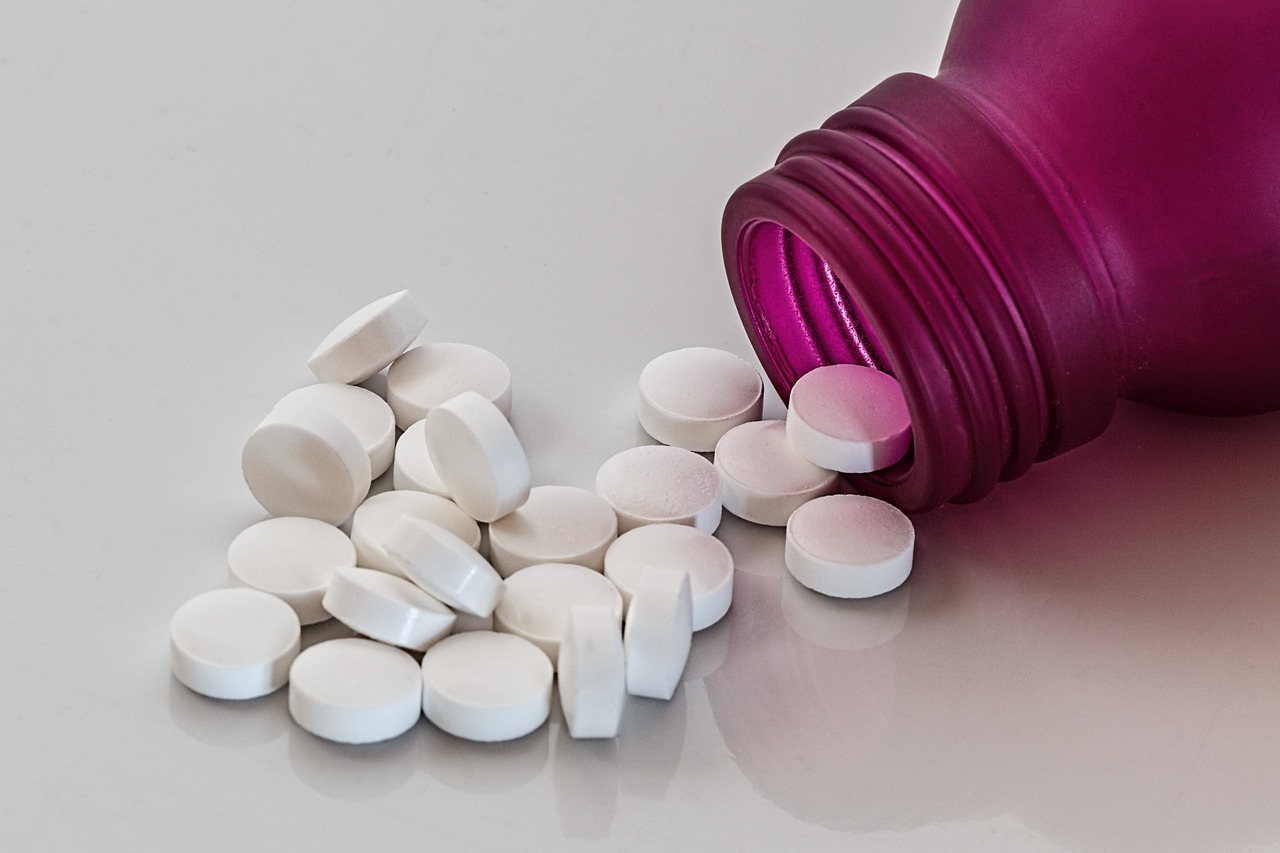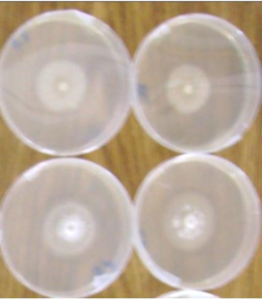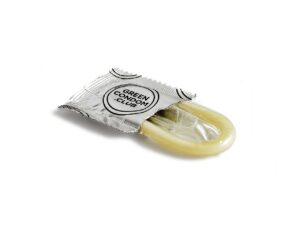When it comes to medication, it’s essential to understand the difference between original and generic drugs.
You may have wondered why some drugs have high price tags while others are more affordable.
In this blog, we will explore the characteristics that define original and generic drugs, highlight their differences, and address common misconceptions surrounding their effectiveness and safety.
What Makes a Drug Original?
Original drugs are developed by pharmaceutical companies that hold patents on formulations and production methods.
These drugs undergo extensive research and development, including rigorous clinical trials and regulatory approval processes. This ensures that they are safe and effective for treating specific conditions.
Original drugs are marketed under a specific brand name chosen by the pharmaceutical company, making them easily recognizable.
What Makes a Drug Generic?
On the other hand, generic drugs are produced after the patent on the original drug expires, allowing other manufacturers to produce the medication.
Generic drugs contain the same active ingredients as the original drug, ensuring equivalent therapeutic effects. They must demonstrate bioequivalence, meaning they are absorbed in the body at the same rate and to the same extent as the original drug.
However, generic drugs are sold under their chemical names or brand names chosen by the manufacturer, different from the original drug’s brand name.
Differences Between Original and Generic Drugs
One significant difference lies in the cost. Original drugs tend to be more expensive due to the research and development costs incurred by pharmaceutical companies.
On the other hand, generic drugs are more affordable as multiple manufacturers produce them, leading to market competition and lower prices. This cost difference can be substantial, especially for long-term or chronic medication use.
Another noticeable difference is in the appearance of the drugs. Original and generic drugs may differ in color, shape, and packaging due to patent protection on the original drug’s appearance.
However, these differences in appearance do not impact the therapeutic effect of the medication.
Time to market is another aspect where original and generic drugs differ. Original drugs are introduced first, and generic alternatives become available after the expiration of patents.
This delay can result in a higher initial cost for original drugs until generic versions become accessible.
Are Generic Drugs as Good as Original Drugs?
This is a common question that arises when considering generic drugs. The answer is yes.
Generic drugs undergo rigorous regulatory approval processes to ensure they meet the same safety and efficacy standards as original drugs.
The U.S. Food and Drug Administration (FDA) requires generic drugs to demonstrate bioequivalence to the original drug, meaning they deliver the same amount of active ingredient to the body within a similar timeframe.
This ensures that generic drugs have the same therapeutic effects as their original counterparts.
Generic drugs are equally safe when used as prescribed. They are subject to the same regulatory standards and quality control measures as original drugs. The FDA monitors and inspects generic drug manufacturing facilities to ensure adherence to good manufacturing practices, further ensuring their safety and quality.
Considerations and Disadvantages of Generic Drugs
While generic drugs are generally safe and effective, there are a few considerations to keep in mind.
In rare cases, a patient may have an allergic reaction to an inactive ingredient in a generic drug that differs from the original drug. However, such instances are rare, and the majority of people tolerate generic drugs without any issues.
Consistency can be a minor concern with generic drugs. Different manufacturers may produce generic versions, which can result in slight variations in the drug’s performance or side effects. However, these differences are typically minimal and do not affect the overall therapeutic efficacy.
Distinguishing Between Generic and Original Drugs
To determine whether a drug is generic or original, you can look at the packaging and labels.
Generic drugs typically indicate the chemical name or the name of the generic manufacturer on the packaging and labels. The brand name of the original drug will not be present on the generic drug packaging.
Additionally, you can always consult your pharmacist, who can provide you with information about whether a prescribed drug is an original or generic version.
There are also online sources, such as the FDA website and the Orange Book, where you can check whether the drug is original or generic by searching under the brand or active ingredient.
Take From Mojalife
Understanding the difference between original and generic drugs empowers you to make informed decisions about your healthcare.
Original drugs are developed by pharmaceutical companies and often come with higher price tags due to research and development costs.
On the other hand, generic drugs provide equivalent therapeutic effects at a lower cost, as they are produced after the patent on the original drug expires. Generic drugs undergo the same regulatory approval processes as original drugs, ensuring their safety and efficacy.
When it comes to choosing between generic and original drugs, it’s important to consider your specific needs, budget, and the advice of your healthcare provider. Both types of drugs can be equally effective and safe when used as prescribed.




